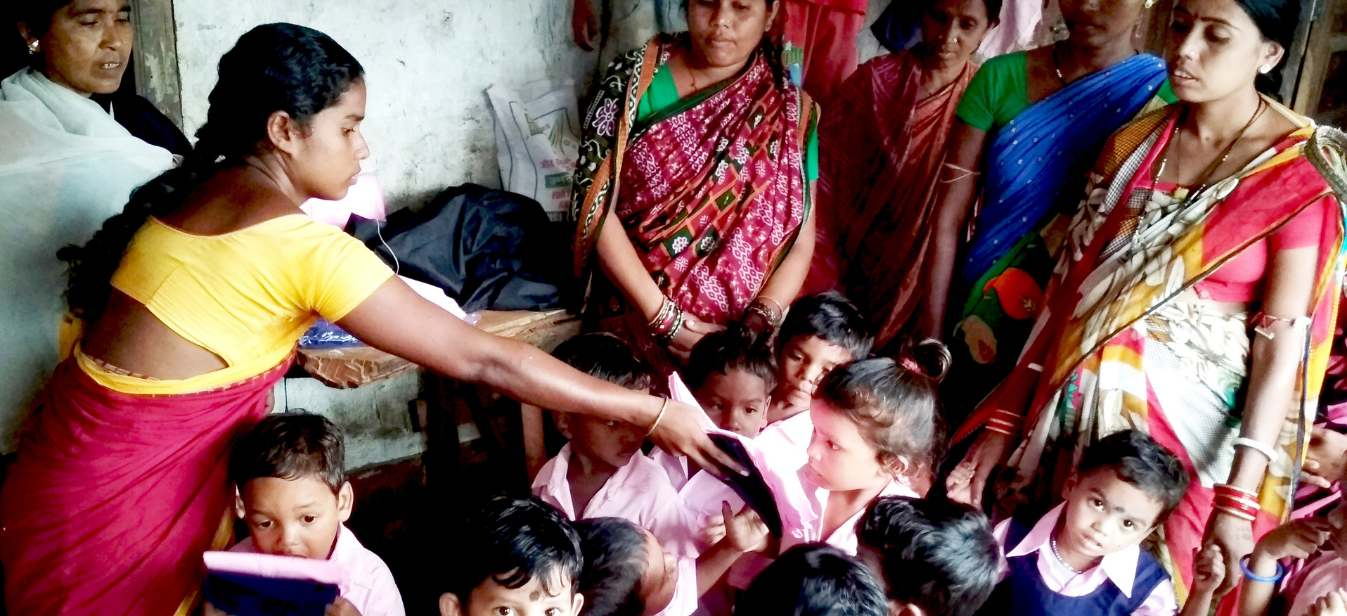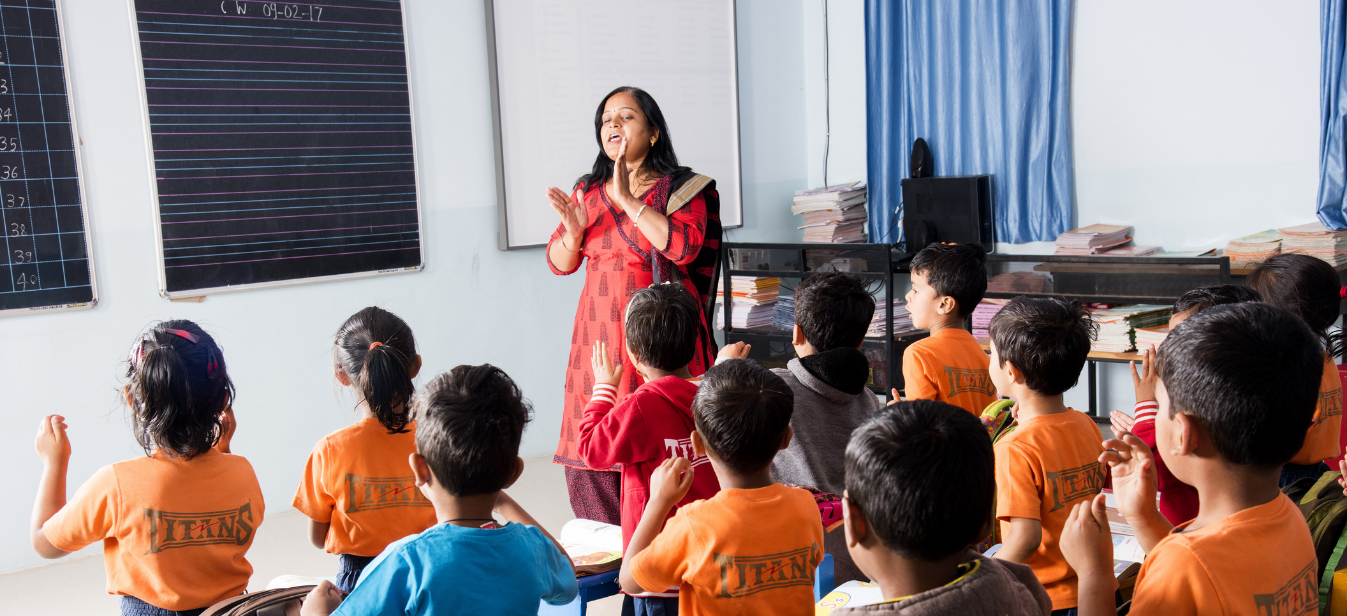
India has always been ahead of the curve, setting up schemes for early childhood development while the rest of the world was just talking about it, says Arjan de Wagt, UNICEF India’s cross-sectoral coordinator for early childhood development. The Indian government’s department of social welfare launched the National Policy for Children in 1974, which highlighted India’s commitment to “provide adequate services to children, both before and after birth and through the period of growth, to ensure their full physical, mental and social development.” A year later, in 1975, India launched its Integrated Child Development Services (ICDS) programme, with the help of the United Nations International Children’s Emergency Fund (UNICEF). One of the largest and most unique integrated early childhood programs in the world, the goal of ICDS was to help feed, educate, and care for vulnerable kids and their mothers.
ICDS services were offered through a network of anganwadis spread out across every region in India. According to the Ministry of Women and Child Development, every urban or rural community of 400 to 800 people has at least one anganwadi center. In each anganwadi centre, an anganwadi worker takes care of women and children, educates the community, and collects health and nutrition data on women and children. Data from 2017 states that anganwadis delivered preschool services to close to 33 million children.
Presently, official government data shows there are 13.77 lakh anganwadi centres operational in India, with a strength of 12.8 lakh workers and 11.6 lakh helpers. Each anganwadi worker is assigned to approximately 250 homes; this worker knows everything about her community-which family requires prenatal help, which household requires a supply of vitamins, how many homes have young learners, and how old each of them is. These are the people taking care of early education, nutrition, and health in rural areas. Anganwadi workers are connected to the community, to the parents, the children, in a way no other educator is.
Anganwadi centres face a host of challenges-multiple responsibilities of which early childhood education is only one, overpopulation leading to an unfavourable teacher-pupil ratio, crumbling infrastructure, among other problems-and still, anganwadi workers find ways to beat the odds and support their charges at all costs. *Read examples of how anganwadi workers (and other educators) are helping prevent a learning loss during the pandemic, here.
Anganwadi centres are the lifeblood of the rural educational landscape in India and can sometimes be the only foundation for learning these children will ever get.
Acknowledging the worth these centres bring to early education, food, and nutrition, The Women and Child Development Ministry, under whose jurisprudence the anganwadis fall under, plans to upgrade services and facilities at 2.5 lakh anganwadi centres over five years under the Saksham Anganwadi Scheme, according to an Economic Times report dated December 2019.
The NEP 2020 too, recognised the anganwadi’s contribution, mentioning, “To prepare an initial cadre of high-quality ECCE teachers in Anganwadis, current Anganwadi workers/teachers will be trained through a systematic effort in accordance with the curricular/pedagogical framework developed by NCERT.“
What Can We Do To Support Anganwadis To Improve The Quality Of Education?
- Support from multiple levels/stakeholders: The anganwadi centres don’t exist in silos; they are an intrinsic part of the community and must be treated as such. Strong guidance and backing are required across all levels, starting from the homes and moving up to the policymakers. There is a need to understand each problem these centres face, address each one, and work on plans and schemes to improve the quality in each anganwadi.
- Develop their skills through training programs: To ensure better outcomes across anganwadi centres, it is imperative that these catalysts of change are exposed to holistic development programs. Take Square Panda‘s Anganwadi Workers Upskilling Program, for instance, which empowers them with knowledge of ECCE and methods to create a conducive learning environment, to make children school ready and transform the anganwadi centre to their fullest potential. Our trainers can even teach in multiple vernacular languages for optimal understanding.
- Create a more comprehensive support system using AI and ML: Technology can be wielded to develop tools and aids to reduce anganwadi workers’ burden. Problems and queries can be dealt with quickly and expertly, using multilingual applications that connect anganwadi workers with early learning experts.
- Develop the centres themselves: A positive experience in these centres could translate into a journey into formal schooling, thereby improving their futures. At present, many anganwadis suffer from a lack of essential architecture and resources, making them less inviting to impressionable young minds. Recognising the worth of developing these centres, the NEP 2020 has mentioned in its policy a plan to strengthen anganwadis with “high-quality infrastructure, play equipment, and well-trained Anganwadi workers/teachers.“
Anganwadis nourish our children in the most crucial period of their lives, a period when their brain develops the most; to ensure universal access to ECCE, these centres need all-round support and training in pedagogy, digital literacy, and foundational literacy and numeracy.
See how Square Panda works to upskill anganwadi workers, here.



